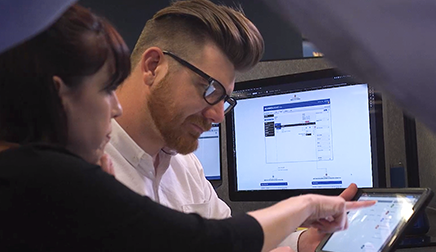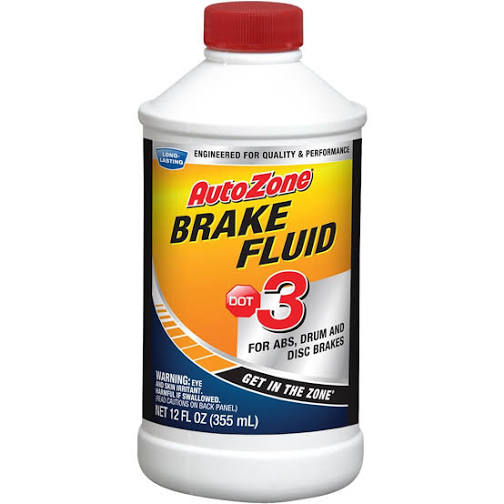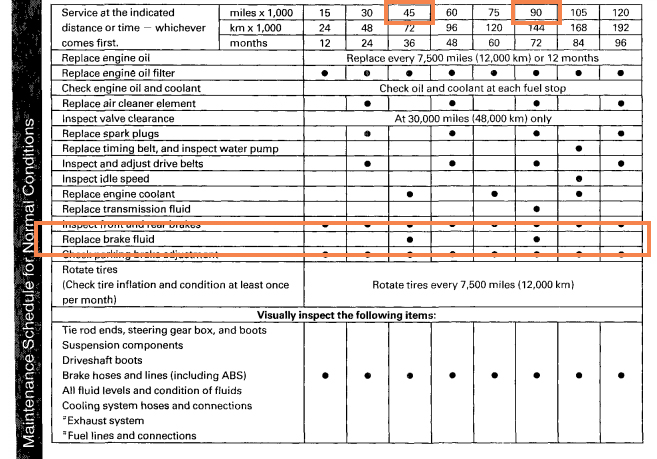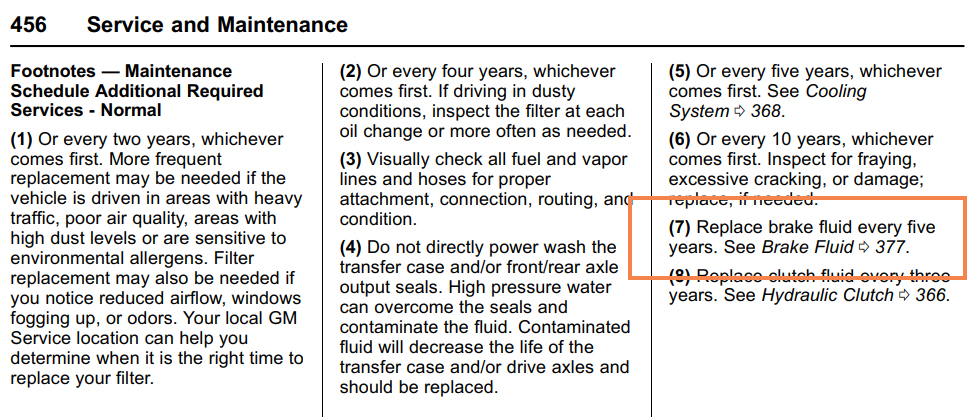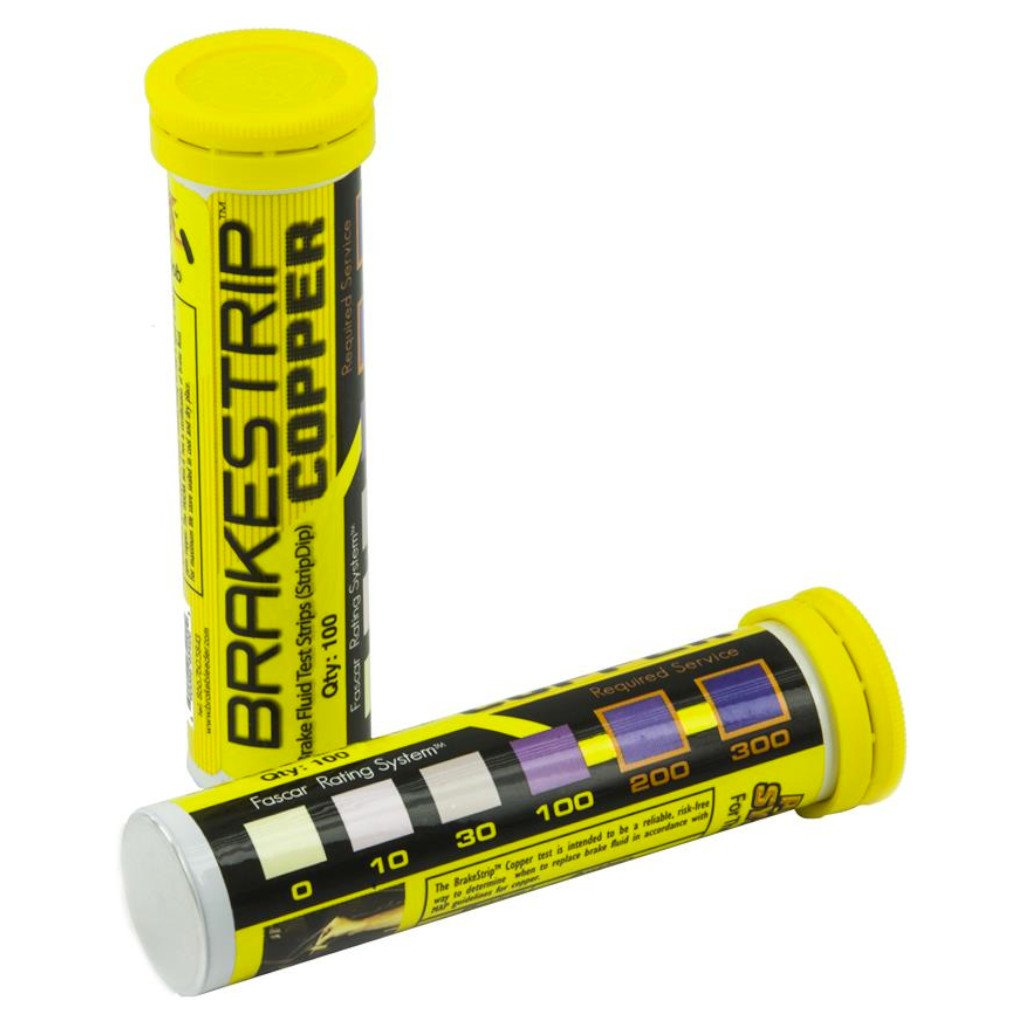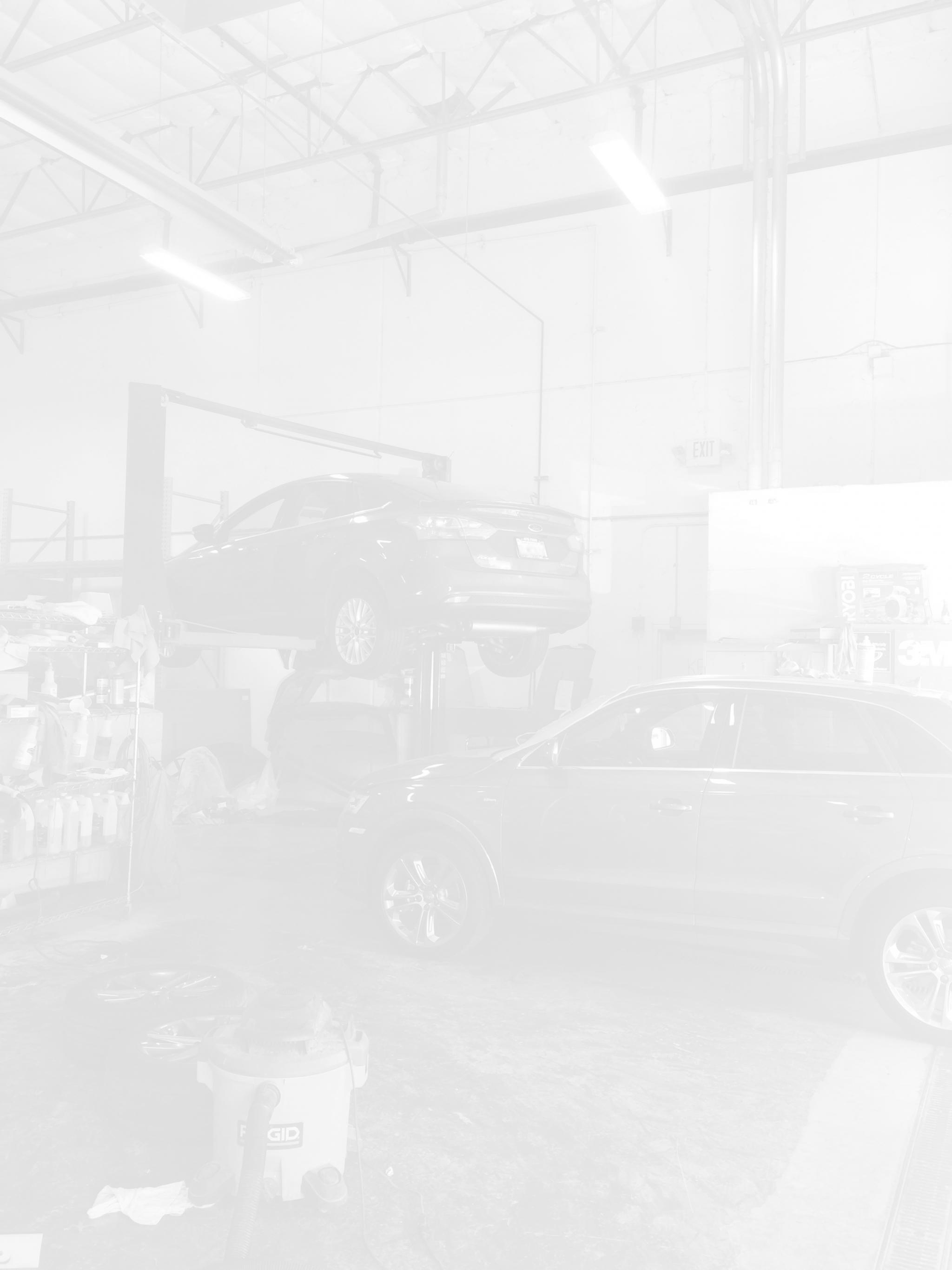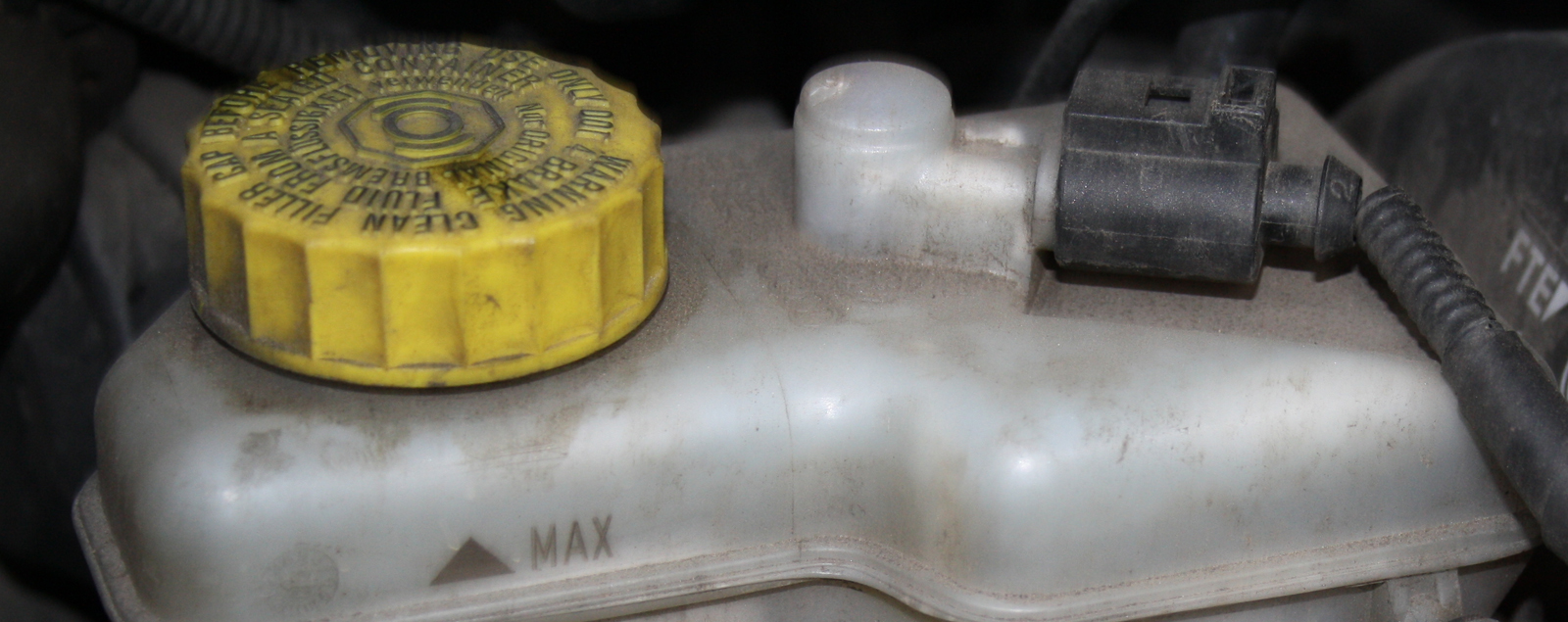
During maintenance: check brake fluid condition
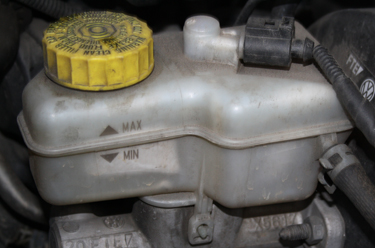
Brake fluid is often overlooked until major brake work is done. You may be checking the level of the brake fluid and perhaps even brake fluid color, but are you checking the true condition of the brake fluid? To give your customers the highest level of service, check the brake fluid condition every time a vehicle enters your facility. At a minimum, the condition of the brake fluid should be tested every year, and the fluid changed if needed.
DOT 3 and DOT 4 brake fluids are hygroscopic - they absorb moisture from the air. Since the brake fluid reservoir must be vented to the atmosphere there is ample opportunity for the brake fluid to pick up a bit of water. This is normal and will happen anywhere, but will occur faster in humid areas.
New DOT 3 brake fluid in an unopened bottle has a minimum wet boiling point of 284°F/140°C. DOT 4 brake fluid is a bit higher with a minimum wet boiling point of 311°F/155°C. The more water absorbed by the brake fluid the closer you get to water’s boiling point of 212°F/100°C at Sea Level on a day where the barometric pressure is 29.92” Hg.
The process of moisture absorption starts as soon as you break the seal on a new bottle. Therefore, you don’t want to use that half-full bottle that has been on the shelf for a year.
Typically, brake fluid will absorb about 2% moisture in a year – regardless of how much or how little the vehicle is driven. Moisture in the brake fluid will lower the boiling point of the fluid. If the brake fluid gets hot enough to boil, as it might while descending a long grade, the brake pedal may go to the floor. This is the wrong time to realize that your brake fluid is a bit too watery for its own good.
And that extra moisture can also lead to the formation of acids which can corrode the brake system components leading to costly damage. If you have priced an anti-lock brake (abs) modulator lately you understand what I am saying here.
Brake fluid also picks up bits of metal from normal wear and tear. Copper is one of the metals that can accumulate in the brake fluid. And copper can cause the ABS module valves to stick or to not seal. The copper content of the brake fluid is an excellent indicator of contamination and break-down of the fluid’s corrosion inhibitors.
Is changing brake fluid considered scheduled maintenance?
That depends on the manufacturer. As an example, for the 2001 Honda Civic, it is recommended based on time or miles.
While for the 2017 Chevy Silverado 1500, it is recommended based on time only.
Other manufacturers may not mention anything about changing brake fluid.
We know that brake fluid deteriorates over time, so we should be changing it when it needs changing. You cannot go by color. Clean-looking brake fluid can have high levels of moisture.
Changing brake fluid “on condition” is the safest maintenance plan. And that involves testing the fluid.
Testing methods
There are three commonly used brake fluid testing methods:
- Conductivity testing for water content
- Boiling point tester for water content
- Test Strips – some test for copper, some for moisture, some for pH
Which should you use? Ideally, all of them should be used.
There are times where a boiling point tester will show a boiling point within acceptable ranges, but the copper content indicates that the fluid should be changed.
Boiling point testing only tells you the moisture content of the brake fluid, but it does so very accurately.
Conductivity testing is quick and cheap but can sometimes indicate a “fail” on freshly opened brake fluid. The conductivity tester must be calibrated to the brand of fluid being tested. Without calibration, the conductivity tester can lead you astray.
Copper test strips are pricy but require no calibration and are easy to use.
If you must pick one, the copper test strips are the best option. They will identify contaminated brake fluid more reliably than the other two testing methods. An additional benefit: testing with copper test strips takes less than 60 seconds.
I’ll stop here
The takeaway from this article: don’t ignore the condition of the brake fluid. Incorporate brake fluid testing into your shop service operations. If the vehicle manufacturer has a stated brake fluid replacement schedule, follow that schedule as a minimum level of service needed, but test that brake fluid at least once a year.
Take your service work to the next level and both you and your customers will benefit.
Want to see how ALLDATA can improve shop efficiency? Check out our suite of products, each designed to contribute to both shop efficiency and productivity.
If you would like to read more articles like this one please subscribe to ALLDATA News.

